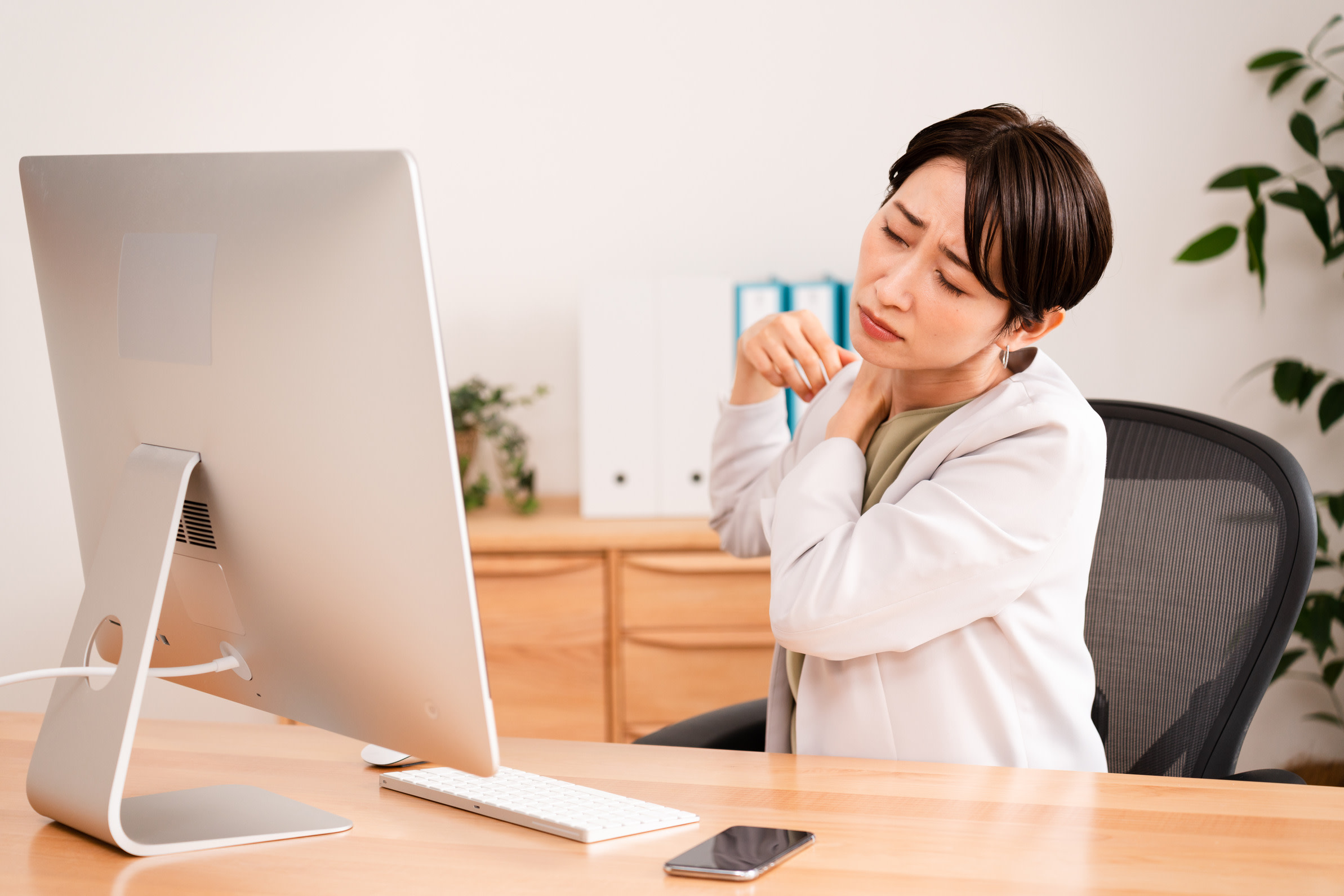Calambre en el cuello: causa y se estira para aliviar
Descubre qué causa un retortijón en el cuello y sus síntomas, y encuentra alivio mediante ejercicios y tratamientos recomendados por expertos.
$0 costo para usted
Última actualización: Mar 19, 2025
El índice
Fully covered neck pain relief
Find relief from neck pain, a pinched nerve, tech neck, & more.
Check if I'm eligibleEjercicios para aliviar la tortícolis
¿Quieres atención de expertos? Consulta si estás cubierto por nuestro programa gratuito →- Cabeza asiente
- Mentones
- Filas
